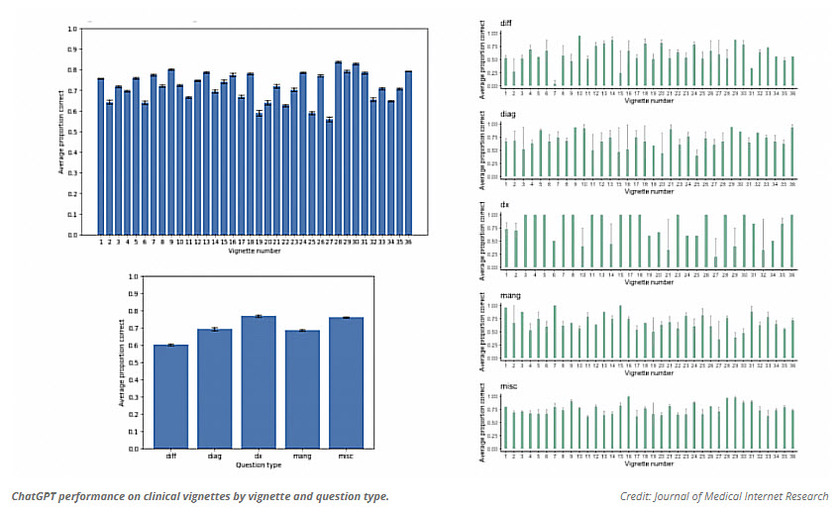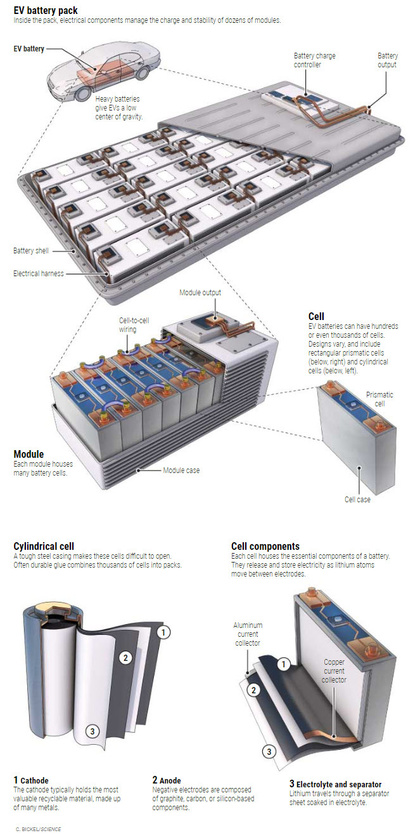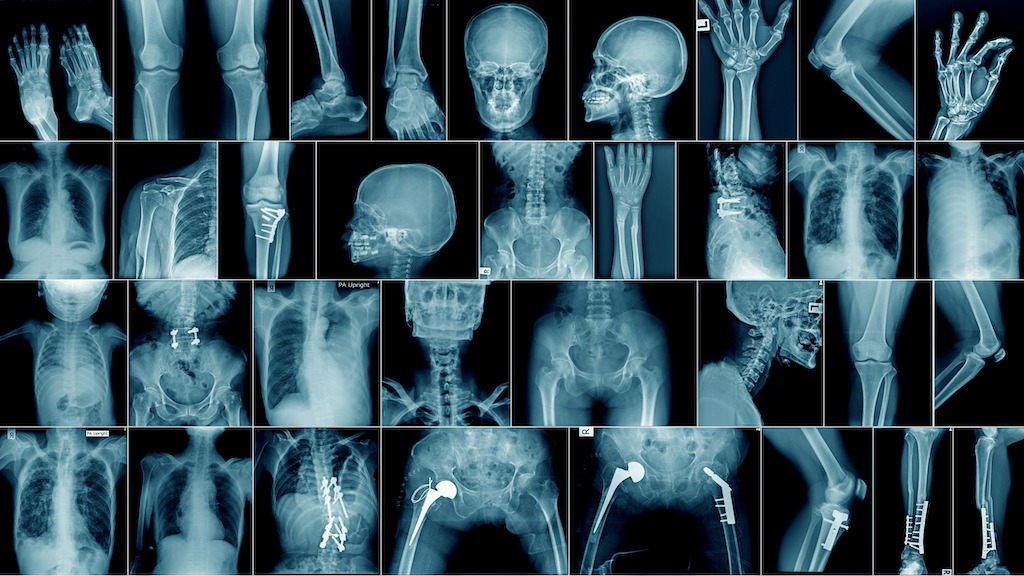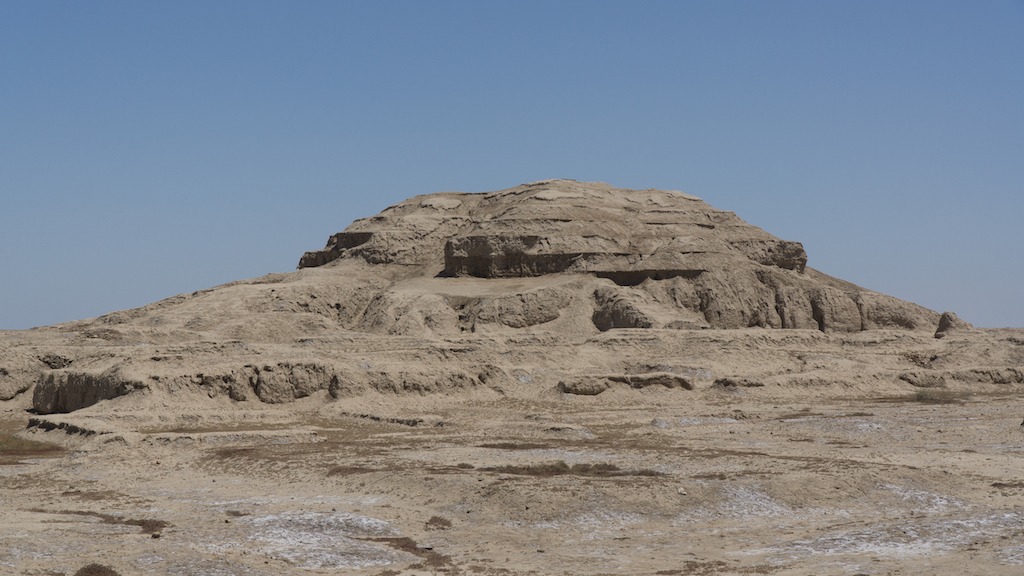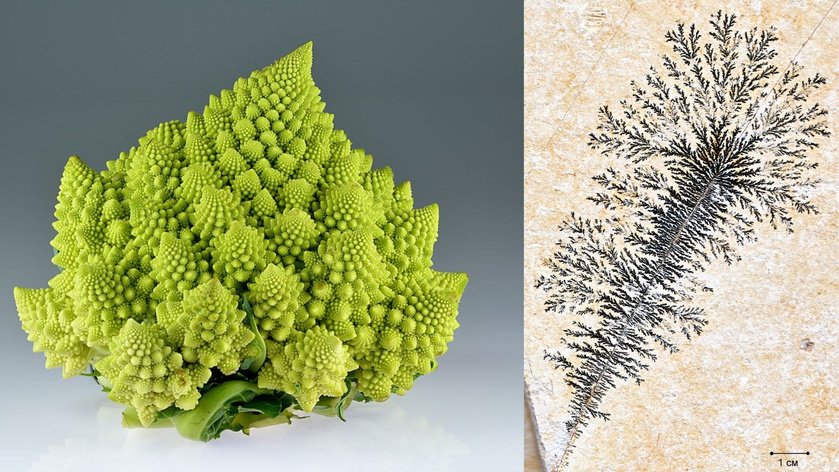Today we are going to look at the very non-green problem of Electric Vehicles (EV) they are not telling you about and discounts the so called "Green" points that EV's so called had. We are trading one problem for a more dangerous one that can also impact our air and water supplies. The following is from www.science.org and written by Ian Morse:
"With millions of electric vehicles set to hit the road, scientists are seeking better battery recycling methods
The battery pack of a Tesla Model S is a feat of intricate engineering. Thousands of cylindrical cells with components sourced from around the world transform lithium and electrons into enough energy to propel the car hundreds of kilometers, again and again, without tailpipe emissions. But when the battery comes to the end of its life, its green benefits fade. If it ends up in a landfill, its cells can release problematic toxins, including heavy metals. And recycling the battery can be a hazardous business, warns materials scientist Dana Thompson of the University of Leicester. Cut too deep into a Tesla cell, or in the wrong place, and it can short-circuit, combust, and release toxic fumes.
That's just one of the many problems confronting researchers, including Thompson, who are trying to tackle an emerging problem: how to recycle the millions of electric vehicle (EV) batteries that manufacturers expect to produce over the next few decades. Current EV batteries "are really not designed to be recycled," says Thompson, a research fellow at the Faraday Institution, a research center focused on battery issues in the United Kingdom.
That wasn't much of a problem when EVs were rare. But now the technology is taking off. Several carmakers have said they plan to phase out combustion engines within a few decades, and industry analysts predict at least 145 million EVs will be on the road by 2030, up from just 11 million last year. "People are starting to realize this is an issue," Thompson says.
Governments are inching toward requiring some level of recycling. In 2018, China imposed new rules aimed at promoting the reuse of EV battery components. The European Union is expected to finalize its first requirements this year. In the United States, the federal government has yet to advance recycling mandates, but several states, including California—the nation's largest car market—are exploring setting their own rules.
Complying won't be easy. Batteries differ widely in chemistry and construction, which makes it difficult to create efficient recycling systems. And the cells are often held together with tough glues that make them difficult to take apart. That has contributed to an economic obstacle: It's often cheaper for batterymakers to buy freshly mined metals than to use recycled materials.
Better recycling methods would not only prevent pollution, researchers note, but also help governments boost their economic and national security by increasing supplies of key battery metals that are controlled by one or a few nations. "On the one side, [disposing of EV batteries] is a waste management problem. And on the other side, it's an opportunity for producing a sustainable secondary stream of critical materials," says Gavin Harper, a University of Birmingham researcher who studies EV policy issues.
To jump-start recycling, governments and industry are putting money into an array of research initiatives. The U.S. Department of Energy (DOE) has pumped some $15 million into a ReCell Center to coordinate studies by scientists in academia, industry, and at government laboratories. The United Kingdom has backed the ReLiB project, a multi-institution effort. As the EV industry ramps up, the need for progress is becoming urgent, says Linda Gaines, who works on battery recycling at DOE's Argonne National Laboratory. "The sooner we can get everything moving," she says, "the better."
EV BATTERIES are constructed a bit like nested dolls. Typically, a main pack holds several modules, each of which is constructed from numerous smaller cells (see graphic, below). Inside each cell, lithium atoms move through an electrolyte between a graphite anode and a cathode sheet composed of a metal oxide. Batteries are usually defined by the metals in the cathode. There are three main types: nickel-cobalt-aluminum, iron-phosphate, and nickel-manganese-cobalt.
Now, recyclers primarily target metals in the cathode, such as cobalt and nickel, that fetch high prices. (Lithium and graphite are too cheap for recycling to be economical.) But because of the small quantities, the metals are like needles in a haystack: hard to find and recover.
New life for spent cells
Scientists are working to ensure the electric vehicle (EV) batteries being sold today can be recycled in 2030 and beyond, when thousands of batteries will reach the end of their lives every day. EV batteries come in many designs, but generally share these components.
To extract those needles, recyclers rely on two techniques, known as pyrometallurgy and hydrometallurgy. The more common is pyrometallurgy, in which recyclers first mechanically shred the cell and then burn it, leaving a charred mass of plastic, metals, and glues. At that point, they can use several methods to extract the metals, including further burning. "Pyromet is essentially treating the battery as if it were an ore" straight from a mine, Gaines says. Hydrometallurgy, in contrast, involves dunking battery materials in pools of acid, producing a metal-laden soup. Sometimes the two methods are combined.
Each has advantages and downsides. Pyrometallurgy, for example, doesn't require the recycler to know the battery's design or composition, or even whether it is completely discharged, in order to move ahead safely. But it is energy intensive. Hydrometallurgy can extract materials not easily obtained through burning, but it can involve chemicals that pose health risks. And recovering the desired elements from the chemical soup can be difficult, although researchers are experimenting with compounds that promise to dissolve certain battery metals but leave others in a solid form, making them easier to recover. For example, Thompson has identified one candidate, a mixture of acids and bases called a deep eutectic solvent, that dissolves everything but nickel.
Both processes produce extensive waste and emit greenhouse gases, studies have found. And the business model can be shaky: Most operations depend on selling recovered cobalt to stay in business, but batterymakers are trying to shift away from that relatively expensive metal. If that happens, recyclers could be left trying to sell piles of "dirt," says materials scientist Rebecca Ciez of Purdue University.
The circles of recycling
Pyrometallurgy burns spent batteries into a slag, and hydrometallurgy dissolves them in acids. Both aim to extract cathode materials. The ideal is direct recycling, which would recover the cathode intact. But for recycling to be viable it must be cost competitive with mined materials.
THE IDEAL is direct recycling, which would keep the cathode mixture intact. That's attractive to batterymakers because recycled cathodes wouldn't require heavy processing, Gaines notes (although manufacturers might still have to revitalize cathodes by adding small amounts of lithium). "So if you're thinking circular economy, [direct recycling] is a smaller circle than pyromet or hydromet."
In direct recycling, workers would first vacuum away the electrolyte and shred battery cells. Then, they would remove binders with heat or solvents, and use a flotation technique to separate anode and cathode materials. At this point, the cathode material resembles baby powder.
So far, direct recycling experiments have only focused on single cells and yielded just tens of grams of cathode powders. But researchers at the U.S. National Renewable Energy Laboratory have built economic models showing the technique could, if scaled up under the right conditions, be viable in the future.
To realize direct recycling, however, batterymakers, recyclers, and researchers need to sort out a host of issues. One is making sure manufacturers label their batteries, so recyclers know what kind of cell they are dealing with—and whether the cathode metals have any value. Given the rapidly changing battery market, Gaines notes, cathodes manufactured today might not be able to find a future buyer. Recyclers would be "recovering a dinosaur. No one will want the product."
Another challenge is efficiently cracking open EV batteries. Nissan's rectangular Leaf battery module can take 2 hours to dismantle. Tesla's cells are unique not only for their cylindrical shape, but also for the almost indestructible polyurethane cement that holds them together.
Engineers might be able to build robots that could speed battery disassembly, but sticky issues remain even after you get inside the cell, researchers note. That's because more glues are used to hold the anodes, cathodes, and other components in place. One solvent that recyclers use to dissolve cathode binders is so toxic that the European Union has introduced restrictions on its use, and the U.S. Environmental Protection Agency determined last year that it poses an "unreasonable risk" to workers.
"In terms of economics, you've got to disassemble … [and] if you want to disassemble, then you've got to get rid of glues," says Andrew Abbott, a chemist at the University of Leicester and Thompson's adviser.
TO EASE THE PROCESS, Thompson and other researchers are urging EV- and batterymakers to start designing their products with recycling in mind. The ideal battery, Abbott says, would be like a Christmas cracker, a U.K. holiday gift that pops open when the recipient pulls at each end, revealing candy or a message. As an example, he points to the Blade Battery, a lithium ferrophosphate battery released last year by BYD, a Chinese EV-maker. Its pack does away with the module component, instead storing flat cells directly inside. The cells can be removed easily by hand, without fighting with wires and glues.
The Blade Battery emerged after China in 2018 began to make EV manufacturers responsible for ensuring batteries are recycled. The country now recycles more lithium-ion batteries than the rest of the world combined, using mostly pyro- and hydrometallurgical methods.
Nations moving to adopt similar policies face some thorny questions. One, Thompson says, is who should bear primary responsibility for making recycling happen. "Is it my responsibility because I bought [an EV] or is it the manufacturer's responsibility because they made it and they're selling it?"
In the European Union, one answer could come later this year, when officials release the continent's first rule. And next year a panel of experts created by the state of California is expected to weigh in with recommendations that could have a big influence over any U.S. policy.
Recycling researchers, meanwhile, say effective battery recycling will require more than just technological advances. The high cost of transporting combustible items long distances or across borders can discourage recycling. As a result, placing recycling centers in the right places could have a "massive impact," Harper says. "But there's going to be a real challenge in systems integration and bringing all these different bits of research together."
There's little time to waste, Abbott says. "What you don't want is 10 years' worth of production of a cell that is absolutely impossible to pull apart," he says. "It's not happening yet—but people are shouting and worried it will happen.""
As you can see currently the EV's are not very green and can present a number of hazards. So we are trading from an efficient and well tuned vehicle for an EV that has recycling hazards that can not only pollute the air but the land and water supply. There is also issue with the power grid and cost of electricity that will impact the middle class and poor the most. None of these issues have been addressed. We are no where near a EV world yet and they are not as Green as many keep saying and present us a bigger pollution problem if there are not changes.
I have lost a lot of faith with the Medical Community and the Governments over the last several years, but there are a few good things that can raise above the corruption and the pushing of drugs a new approach to heal people. The following is from www.gaia.com and written by Hunter Parsons that does not involve any drug or pushing an ineffective so called vaccine that the drug company is not held accountable in any way but they use sound! The use of sound can regrow bone tissue! Here is the story:
"The future of regenerative medicine could be found within sound healing by regrowing bone cells with sound waves.
The use of sound as a healing modality has an ancient tradition all over the world. The ancient Greeks used sound to cure mental disorders; Australian Aborigines reportedly use the didgeridoo to heal; and Tibetan or Himalayan singing bowls were, and still are, used for spiritual healing ceremonies.
Recently, a study showed an hour-long sound bowl meditation reduced anger, fatigue, anxiety, and ...
Not a fan of a Defense Agency studying Anti-Gravity and other Exotic Tech, but if the commercial world and make this technology cheap that will change our world yet again. The following is about three minute read and from www.gaia.com. The below was written by Hunter Parsons:
"Wormholes, invisibility cloaks, and anti-gravity — it’s not science fiction, it’s just some of the exotic things the U.S. government has been researching.
A massive document dump by the Defense Intelligence Agency shows some of the wild research projects the United States government was, at least, funding through the Advanced Aerospace Threat Identification Program known as AATIP.
And another lesser-known entity called the Advanced Aerospace Weapons System Application Program or AAWSAP
The Defense Intelligence Agency has recently released a large number of documents to different news outlets and individuals who have filed Freedom of Information Act requests.
Of particular interest are some 1,600 pages released to Vice News, which ...
As our technology gets better we are discovering more about the history of mankind and pushing the timeline back further and further. The following article is from www.gaia.com and written by Michael Chary that discusses this new find that changes the historical timeline:
"Over the past decade, there have been a number of archeological revelations pushing back the timeline of human evolution and our ancient ancestors’ various diasporas. Initially, these discoveries elicit some resistance as archeologists bemoan the daunting prospect of rewriting the history books, though once enough evidence is presented to established institutions, a new chronology becomes accepted.
But this really only pertains to the era of human development that predates civilization — the epochs of our past in which we were merely hunter-gatherers and nomads roaming the savannahs. Try challenging the consensus timeline of human civilization and it’s likely you’ll be met with derision and rigidity.
Conversely, someone of an alternative...
Not sure if you have heard of a show on YouTube called "The Why Files". If not you should check it out it is interesting and has some humor with it on different subjects. Last weeks was on a different theory how the Universe works and how main stream Science is attempting to shut it down like is always seems to do if it goes aguest some special interest. Today it is akin to what happened to those who questioned the Earth was the Center of the Universe that main stream so called Science all believed during the Renaissance period, They called any theory that the Earth was not the Center of the Universe misinformation. Does this sound familiar today? People laughed and mocked people like Leonardo da Vinci, Nicolaus Copernicus, Georg Purbach as crack-pots, conspiracy theorists, nut-jobs and they were suppressed and even imprisoned for their radical thoughts and observations. Again it sounds like today in so many ways. In any event this is a good one to ponder and see even if a bad idea ...
Seemingly chaotic systems like the weather and the financial markets are governed by the laws of chaos theory.
We all have heard about chaos theory, but if you have not or have forgotten what chaos theory is well here you go from interestingengineering.com:
"Chaos theory deals with dynamic systems, which are highly sensitive to initial conditions, making it almost impossible to track the resulting unpredictable behavior. Chaos theory seeks to find patterns in systems that appear random, such as weather, fluid turbulence, and the stock market.
Since the smallest of changes can lead to vastly different outcomes, the long-term behavior of chaotic systems is difficult to predict despite their inherently deterministic nature.
As Edward Lorenz, who first proposed what became commonly known as the Butterfly Effect, eloquently said, "Chaos: When the present determines the future, but the approximate present does not approximately determine the future.""
You may have heard the term about chaos theory as a butterfly flaps its wings in Brazil,...
I for one have lost trust in Medical Doctors due to COVID and reflection that they seem to push pills for everything and untested so called vaccines that is using a unproven technology because the Government and the Medical Boards of the State told them to. There are a very few exceptions. Thus they do not address the key problem just prescribe more and more pills to keep you alive an sick longer for them and Big Phama to profit from you. Will AI do any better? Well that depends on what was used for the training of AI. If it also pushes pills and vaccines without question then you have the same problems noted above. However, if the AI Training includes all possible forms of treatment and they zero in on the right issues for the true problem then there is possibilities they would be way better than most of the current Medical Doctors today.
The following is from an article from interestingengineering.com and written by Paul Ratner:
"A new study looks at how accurately AI can diagnose patients. We interview the researcher, who weighs in on AI's role ...
